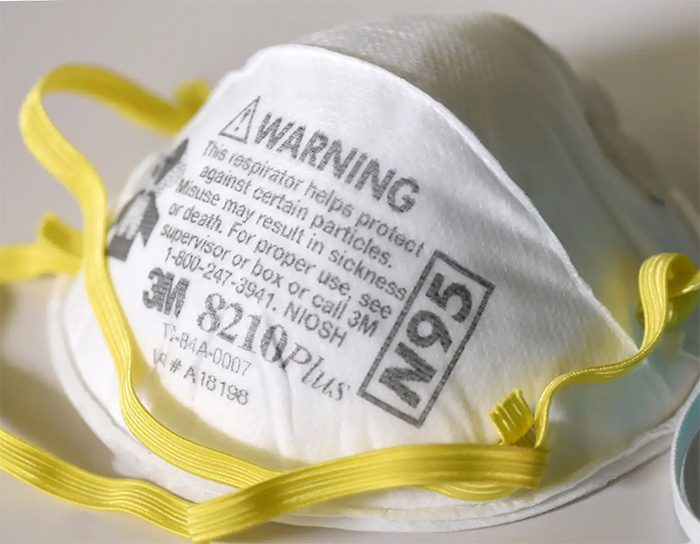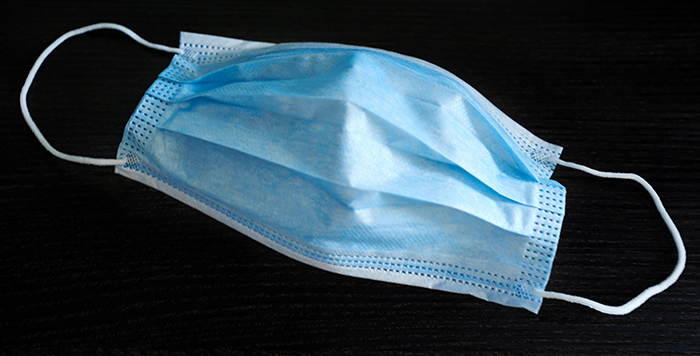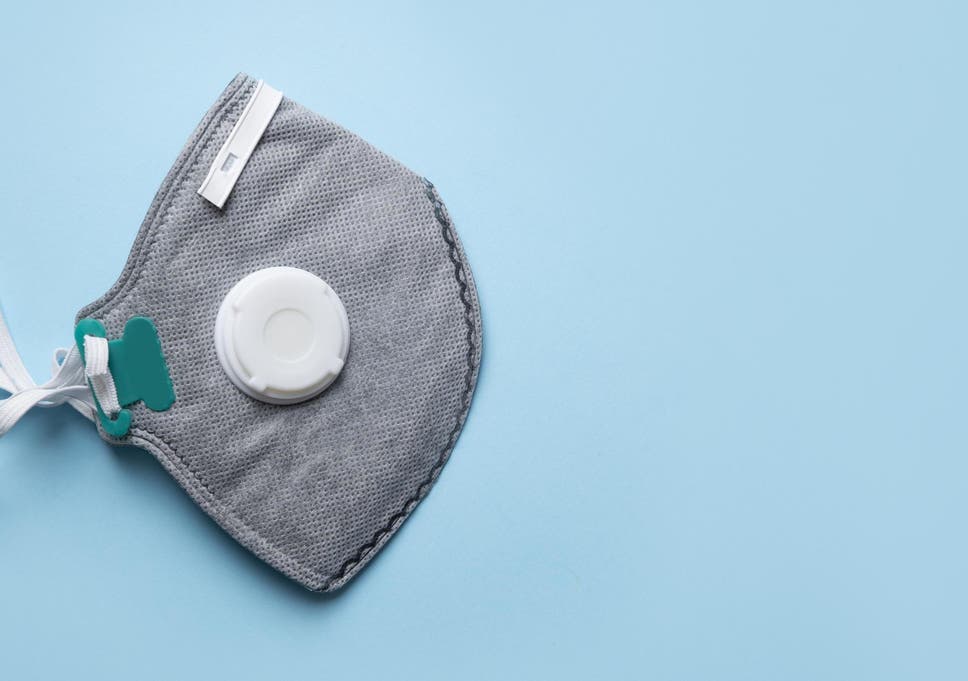The Best And Worst Face Masks For COVID-19, Ranked by Their Level of Protection

https://www.sciencealert.com/some-masks-are-better-than-others-here-they-are-ranked-best-to-worst
The science is clear: Face masks can prevent coronavirus transmission and save lives.
A preliminary analysis of 194 countries found that places where masks weren't recommended saw a 55 percent weekly increase in coronavirus deaths per capita after their first case was reported, compared with 7 percent in countries with cultures or guidelines supporting mask-wearing.
A model from the University of Washington predicted that the US could prevent at least 45,000 coronavirus deaths by November if 95 percent of the population were to wear face masks in public.
Two medical-grade masks, N99 and N95, are the most effective at filtering viral particles.

Disposable surgical masks are a close second.

"Hybrid" masks are the safest homemade option.
In a recent paper that hasn't yet been peer-reviewed, researchers in the UK determined that "hybrid" masks – combining two layers of 600-thread-count cotton with another material like silk, chiffon, or flannel – filtered more than 80 percent of small particles (less than 300 nanometres) and more than 90 percent of larger particles (bigger than 300 nanometres).
They found that the combination of cotton and chiffon offered the most protection, followed by cotton and flannel, cotton and silk, and four layers of natural silk.
The researchers suggested that these options may even be better at filtering small particles than an N95 mask, though they weren't necessarily better at filtering larger particles.
The team also found that two layers of 600-thread-count cotton or two layers of chiffon might be better at filtering small particles than a surgical mask.
Three layers of cotton or silk are also highly protective.
WHO recommends that fabric masks have three layers: an inner layer that absorbs, a middle layer that filters, and an outer layer made from a nonabsorbent material like polyester.
A University of Illinois study that's still awaiting peer review found three layers of either a silk shirt or a 100 percent cotton T-shirt may be just as protective as a medical-grade mask. Silk in particular has electrostatic properties that can help trap smaller viral particles.
https://www.sciencealert.com/some-masks-are-better-than-others-here-they-are-ranked-best-to-worst

https://www.sciencealert.com/some-masks-are-better-than-others-here-they-are-ranked-best-to-worst
The science is clear: Face masks can prevent coronavirus transmission and save lives.
A preliminary analysis of 194 countries found that places where masks weren't recommended saw a 55 percent weekly increase in coronavirus deaths per capita after their first case was reported, compared with 7 percent in countries with cultures or guidelines supporting mask-wearing.
A model from the University of Washington predicted that the US could prevent at least 45,000 coronavirus deaths by November if 95 percent of the population were to wear face masks in public.
Two medical-grade masks, N99 and N95, are the most effective at filtering viral particles.

Disposable surgical masks are a close second.

"Hybrid" masks are the safest homemade option.
In a recent paper that hasn't yet been peer-reviewed, researchers in the UK determined that "hybrid" masks – combining two layers of 600-thread-count cotton with another material like silk, chiffon, or flannel – filtered more than 80 percent of small particles (less than 300 nanometres) and more than 90 percent of larger particles (bigger than 300 nanometres).
They found that the combination of cotton and chiffon offered the most protection, followed by cotton and flannel, cotton and silk, and four layers of natural silk.
The researchers suggested that these options may even be better at filtering small particles than an N95 mask, though they weren't necessarily better at filtering larger particles.
The team also found that two layers of 600-thread-count cotton or two layers of chiffon might be better at filtering small particles than a surgical mask.
Three layers of cotton or silk are also highly protective.
WHO recommends that fabric masks have three layers: an inner layer that absorbs, a middle layer that filters, and an outer layer made from a nonabsorbent material like polyester.
A University of Illinois study that's still awaiting peer review found three layers of either a silk shirt or a 100 percent cotton T-shirt may be just as protective as a medical-grade mask. Silk in particular has electrostatic properties that can help trap smaller viral particles.
https://www.sciencealert.com/some-masks-are-better-than-others-here-they-are-ranked-best-to-worst
Last edited:



